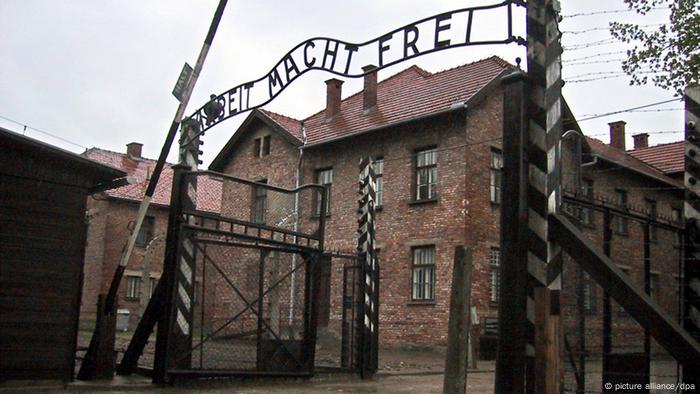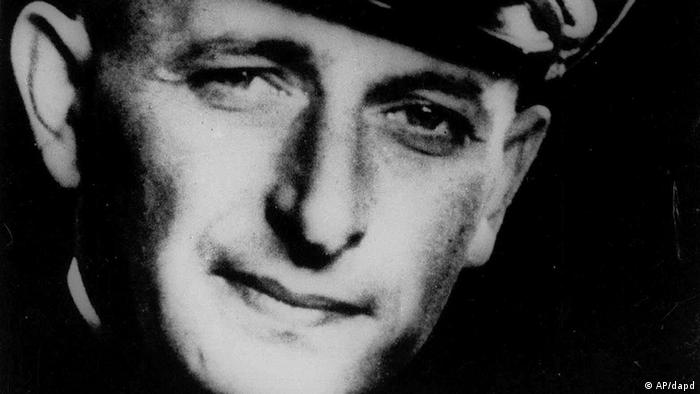[ad_1]
How the newcomers signed their death sentence
With each meter that the Red Army advances on the ground, the release of the remaining prisoners in the Auschwitz concentration camp is one step closer. But it will take another tough two weeks before that happens. Finally, on the afternoon of January 27, 1945, on a Saturday, Soviet troops arrived in Auschwitz. German units resist to the end. 231 Red Army soldiers lose their lives in the fight to liberate the extermination camp. About 7,500 survivors look more like the dead than the living.

Entrance to Auschwitz
What happened in Auschwitz was not immediately publicized. Initially in mid-April 1945 some survivors recounted to the BBC German program their experiences during their stay in the camp. Anita Lasker also described her memories on the radio: “A doctor and a commander were waiting for the arrival of new transports and the selection was made before our eyes. This means: newcomers were asked about age and health. ” Many newcomers did not know and reported any illness from which they were suffering. Thus they sealed the death penalty themselves. Particular attention was paid to age, the elderly and children. Right, left, right left. “The right means the continuation of life, the left means the burning furnace,” the eyewitness described.
Holocaust organizer
Auschwitz is the largest and most horrific concentration and extermination camp. The organizer of the mass killings is Adolf Eichmann. He heads the so-called Jewish affairs department in the Reich Security Office. At the end of the war, Eichmann with the help of the Vatican left for Argentina.
In May 1960, Eichmann was tracked down by the Israeli intelligence service. He is kidnapped and sent to Israel. A lawsuit is filed against him, in which he tries to downplay his role during the Holocaust: “I feel sorry for and condemn the extermination of the Jews ordered by the then state leadership.” He states that he himself has not been able to do the impossible. “I was just a tool in the hands of strong powers and powerful forces and of an ‘inexplicable fate’,” Eichmann tries to minimize his responsibility. But cynical reasoning fails in court and remains ineffective. The court found him guilty and sentenced him to death. Eichman was executed in 1962.
The Auschwitz concentration camp, about 60 miles (60 km) southwest of Krakow, was set up in the spring of 1940. In September 1941, Camp Commander Rudolf Hess ordered the use of Cyclone B poison gas to kill prisoners. Cyclone B was originally used as a disinfectant, its smoke causes death within minutes. Since 1942, SS troops have been deporting Jews from all over Europe to Auschwitz. From 1943, Jews, Roma, and other persecuted by the Nazis were killed “industrially”: Prisoners were killed in four gas chambers and then burned in large furnaces.
Remembrance of incomprehensible suffering
The Holocaust, which Eichmann called an “unexplained fate” during his trial, cost the lives of more than six million people: at least 5.6 million Jews and half a million Sunnis and Roma. People with disabilities, homosexuals, and Jehovah’s Witnesses are also systematically persecuted. Among those killed were 1.5 million children. Since 1996, the Federal Republic of Germany officially commemorates the victims of the Nazi regime on January 27. DW
[ad_2]
Source link
















